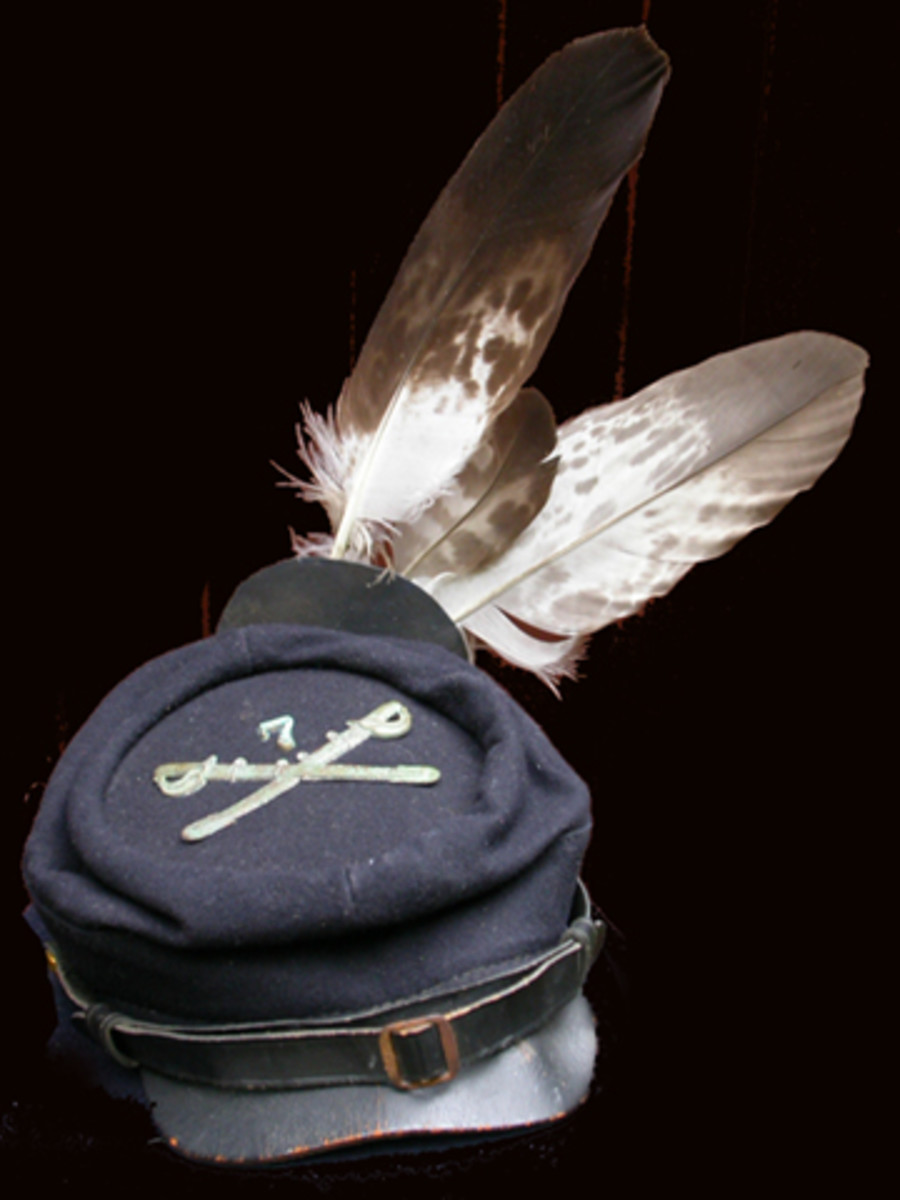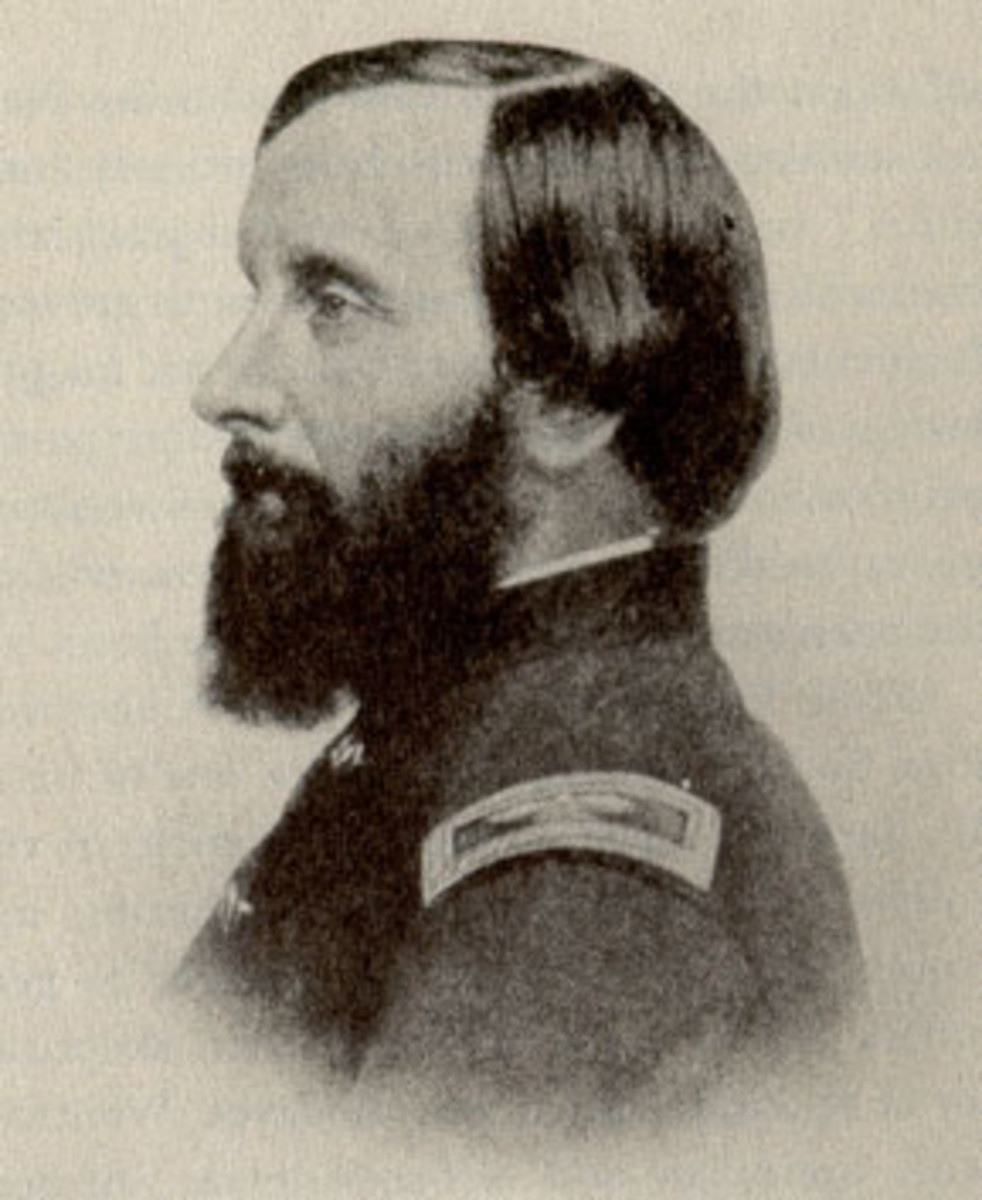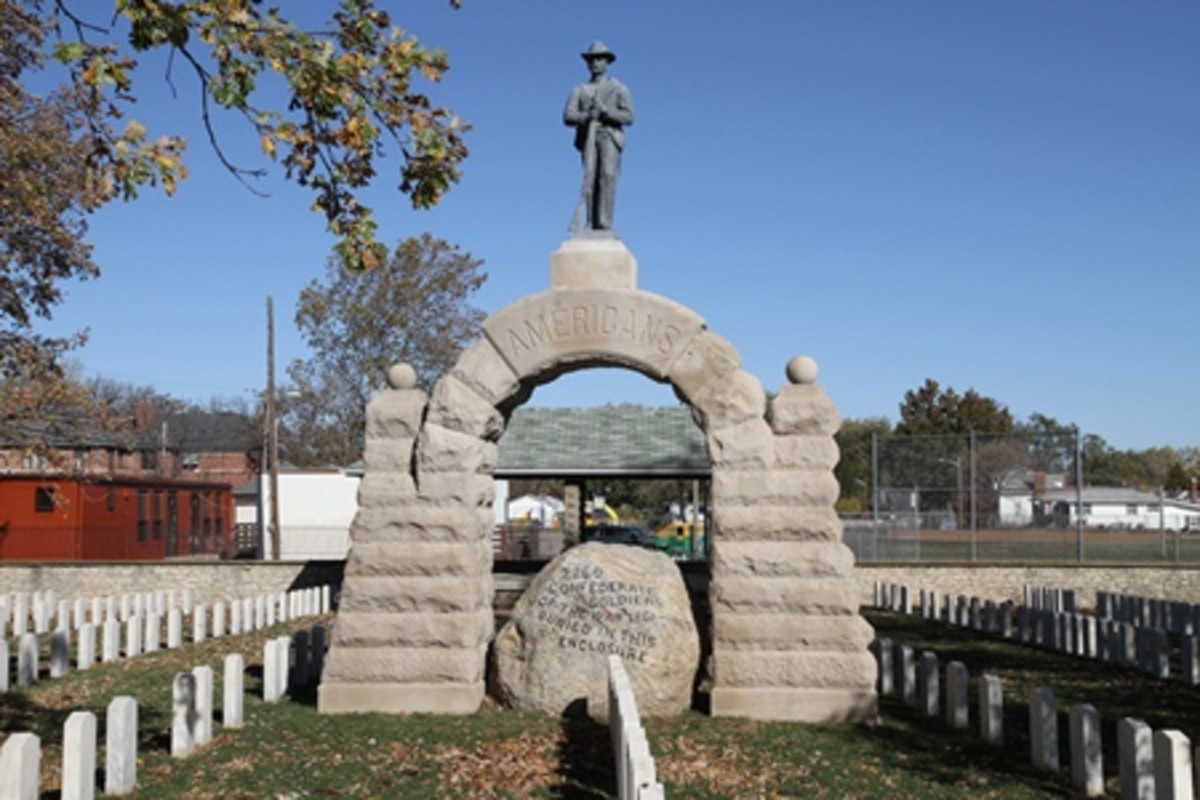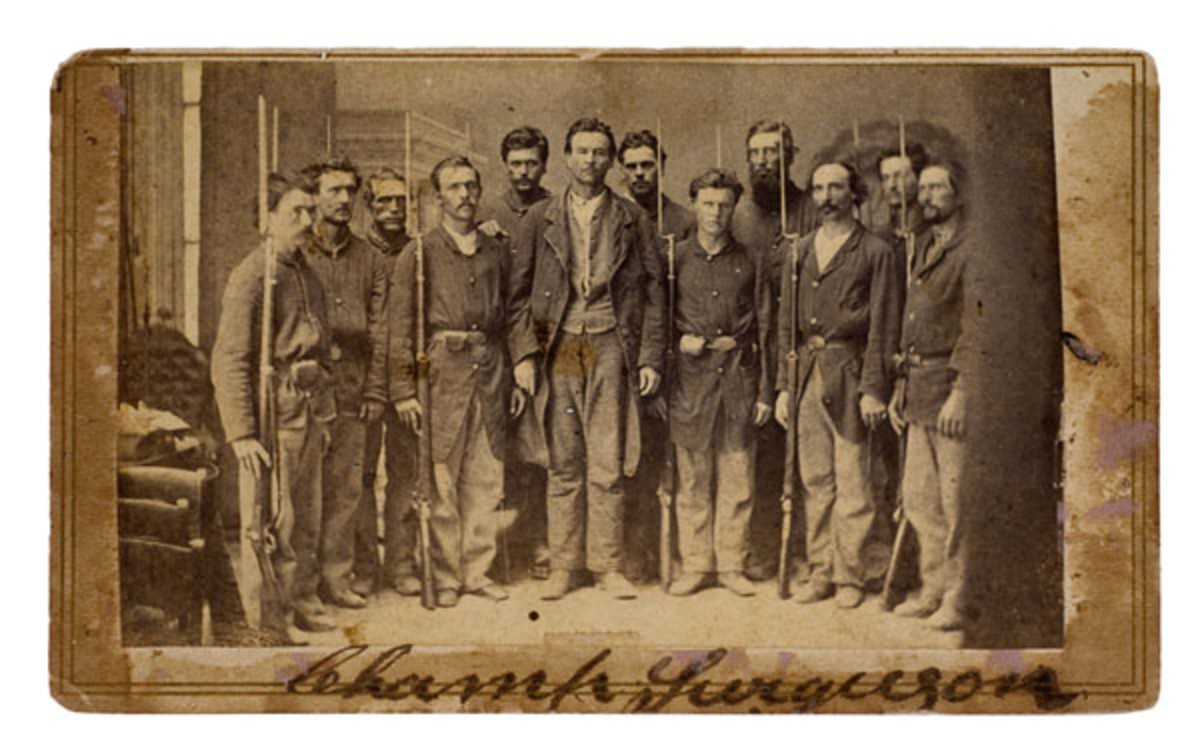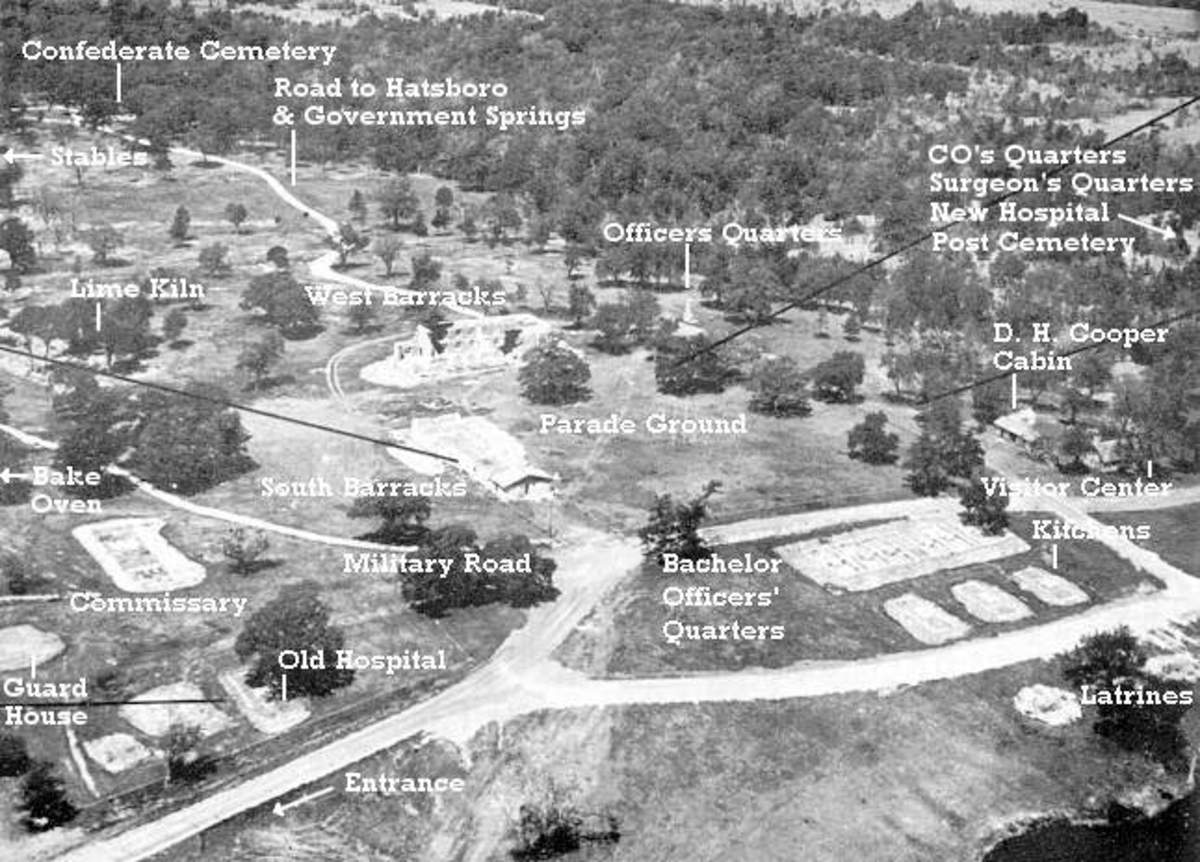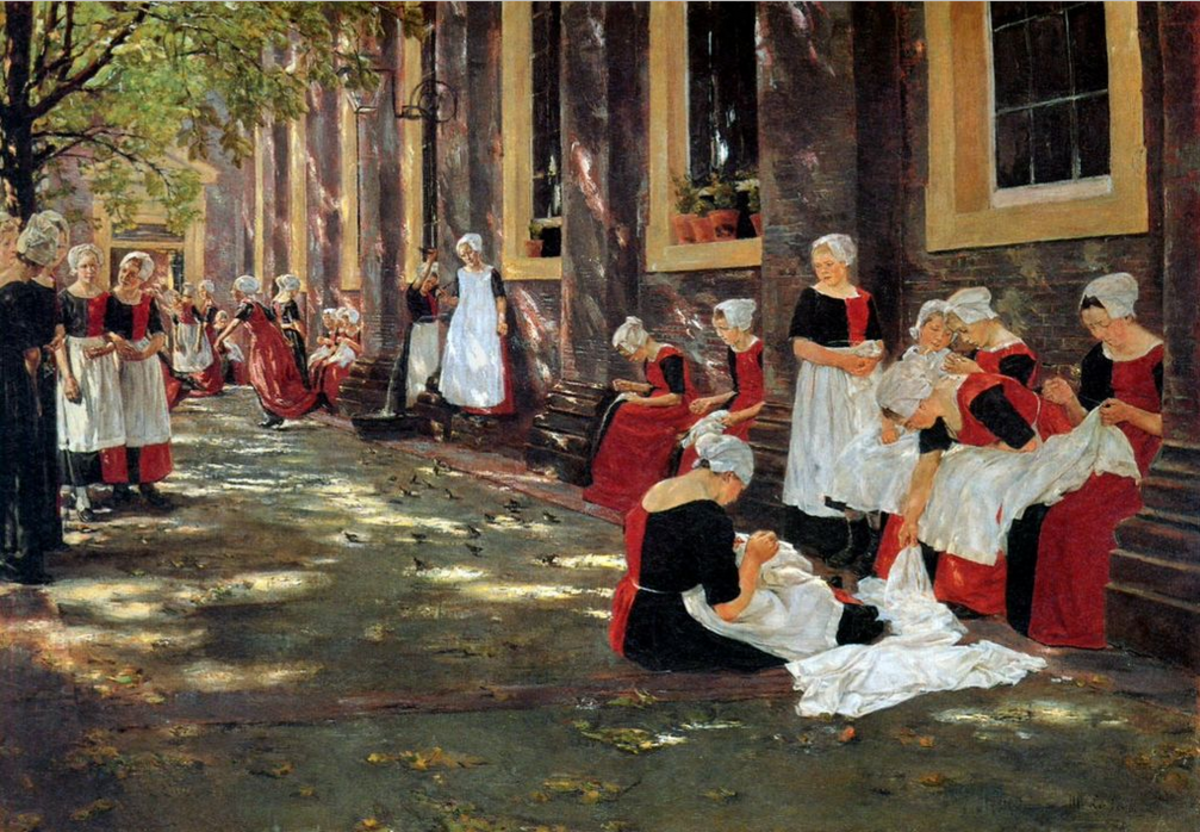CSS TEXAS | US Civil War Ironclad
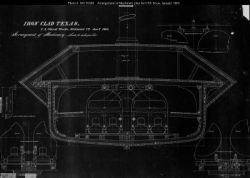
CSS Texas
The keel for the CSS Texas was laid down at Richmond, Virginia. She was launched in January 1865. At the time of Robert E. Lee's evacuation of Richmond on April 3, 1865, she was left unfinished but intact in an outfitting berth at the Richmond Navy Yard, one of only two vessels which escaped destruction by the departing Confederate forces. Captured when the city fell the following day, the ironclad was taken into the United States Navy, but saw no service. Texas was laid up at Norfolk until October 15, 1867 when she was sold to J.N. Leonard.
CSS Texas
Tennessee Class Ironclad
From a technological view, the CSS Texas was one of a series of three 'Tennessee class' ironclads. (The other two being the CSS Tennessee II and CSS Columbia) which embodied the latest developments in Confederate shipbuilding technology. Her casemate was diamond-shaped rather than being a sloped box as on earlier ships and fited snugly around the front, aft and side cannon placement. Instead of bolted on, the pilot house almost formed a seamless natural extension of the side armor. Details of her armament are sketchy, but her sister ship, the CSS Tennessee II ported 4 6.4 in. Brooke rifles, 2 7 in. Brooke rifles and a bolted-on spar torpedo. Also for the Tennessee II, Armor was given as 3 layers of 2 in, top speed as 5 knots and crew as 133 men. It is unclear however in how far the CSS Texas resembled the Tennessee II as other sources give her a (projected) speed of no less than 10 knots and note that both the Tennessee II and the Texas differed from the original design due to availability of key materials (in particular guns and engines) and due to improvements made during construction from lessons learned in combat.
Sahara on Blu-Ray
CSS Texas Specifications
US Civil War Ironclad
The CSS Texas was probably one of the best constructed Confederate ironclads, except for the CSS Mississippi, that the Confederacy had built. She was a twin engine, twin screw ship, 215 feet in length, 48 1/2 feet abeam, or wide, and designed to only draw 13 feet of water. She had a furnace 7 feet long with a grate surface area of 96.8 square feet heated by two boilers, each one was 22 feet long.
Iron Afloat: The Story of the Confederate Armorclads
by William N. Still
Everyone knows the story of the battle of the Monitor and the Merrimack. But how many people know the story behind the Confederacy's attempt to build a fleet of armorclad vessels of war? Built from converted steam ships, built on riverbeds and cornfields. Learn how the Confederacy built a fleet of ironclads that were more than a match for anything from the Northern invaders.
CSS Texas Plans
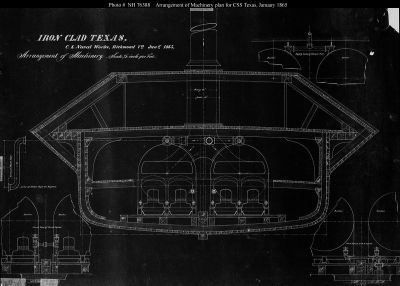
See My Other Lenses on Civil War Ironclads
Civil War Ironclad Models
The CSS Virginia: Sink Before Surrender
The CSS Virginia: Sink Before Surrender Published by The History Press
by John V. Quarstein
The morning the CSS Virginia (formerly the USS Merrimack) slowly steamed down the Elizabeth River toward Hampton Roads on March 8, 1862, naval warfare changed forever. Wooden sailing ships became obsolete, armored, steam-powered vessels where the new dreadnaughts. Little did the ironclad's crew realize that their makeshift warship would achieve the greatest Confederate naval victory. The trip was thought by most of the crew to be a trial cruise. Instead, the Virginia's aggressive commander, Franklin Buchanan, transformed the voyage into a test by fire that forever proved the supreme power of iron over wood.
The Virginia's ability to beat the odds to become the first ironclad to enter Hampton Roads stands as a testament to her designers, builders, officers and crew. Virtually everything about the Virginia s design was an improvisation or an adaptation, characteristic of the Confederacy's efforts to wage a modern war with limited industrial resources. Noted historian John V. Quarstein recounts the compelling story of this ironclad underdog, providing detailed appendices, including crew member biographies and a complete chronology of the ship and crew.
Sahara: A Dirk Pitt Adventure
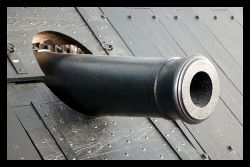
What happened to the Civil War Ironclads?
Final Resting Places
CSS Texas. Never completed. Federal forces captured the CSS Texas at Rocketts Landing in Richmond Virginia on April 3, 1865. An inspecting Union officer said of the CSS Texas, "One of the best and most valuable hulls built by the Rebels."
CSS Virginia Limited Edition
CSS Virginia, Limited Edition
This is a full assembled ready for display museum quality replica of the CSS Virginia, formerly the USS Merrimack. This model is 34" long by 7" wide and 9" high, 1/96 scale. Built of high quality wood and brass detail parts.
CSS Richmond Civil War Ironclad
CSS Richmond, an ironclad ram, was built at Gosport (Norfolk) Navy Yard to the design of John L. Porter with money and scrap iron collected by the citizens o...
CSS GEORGIA | US Civil War Ironclad
CSS Georgia, also known as State of Georgia and Ladies Ram, was an ironclad floating battery built at Savannah, Georgia in 1862-1863. Placed under command of...
CSS ALBEMARLE | Ironclad of The Roanoke | US Civil War Armorclad
CSS Albemarle was an ironclad ram of the Confederate Navy named for a town and a sound in North Carolina and a county in Virginia. All three locations were n...
CSS MANASSAS | US Civil War Ironclad
CSS Manassas, formerly the steam propeller Enoch Train, was built at Medford, Massachusetts, by J. O. Curtis in 1855. A New Orleans commission merchant, Capt...
CSS TENNESSEE | US Civil War Ironclad
CSS Tennessee, a slow-moving ironclad ram, was built at Selma, Alabama, where she was commissioned on February 16, 1864, Lieutenant James D. Johnston, CSN, i...
Affiliate Disclosure
"Paperquest is a participant in the Amazon Services LLC Associates Program, an affiliate advertising program designed to provide a means for sites to earn advertising fees by advertising and linking to amazon.com."
Share your stories, sightings, thoughts, rants, raves...

